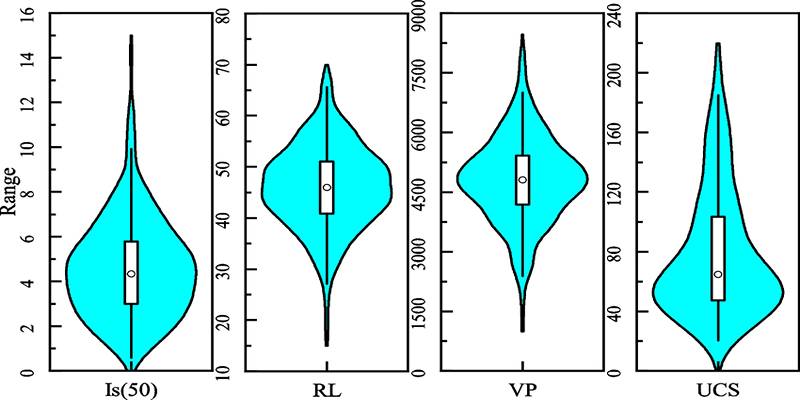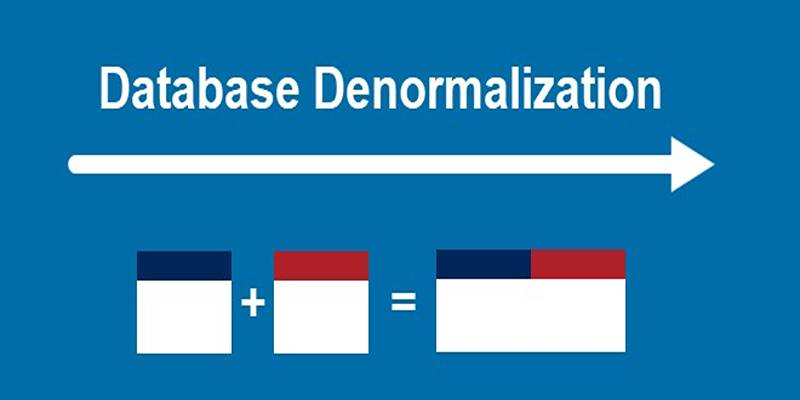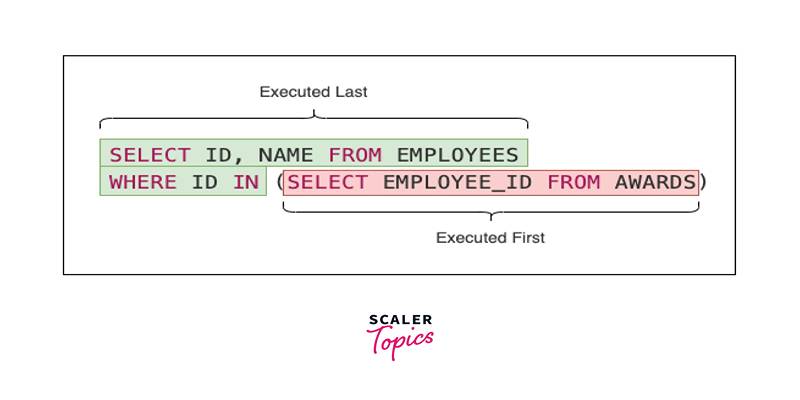A lot is changing quickly in the world of software creation, and artificial intelligence (AI) is a big part of that. Cursor AI is one of the coolest tools to come out of this change. It's a smart coding helper that helps coders write better code faster by just pressing "Tab."
If you’ve ever used tools like GitHub Copilot or VS Code extensions, Cursor AI will feel familiar. But what sets it apart is its deeper integration, natural language capabilities, and surprising intelligence. In this post, we’ll explore what Cursor AI is, what it can do, and why so many developers are making the switch.
What is Cursor AI?
Cursor AI is a powerful AI-based code editor built on top of VS Code. Unlike traditional editors that only offer syntax highlighting or simple autocompletes, Cursor goes beyond with full code understanding, natural language commands, and predictive suggestions. You can literally “talk” to your code and let the AI generate, fix, or refactor it.
The philosophy behind Cursor AI is simple: make coding as easy and intuitive as possible, while keeping your development secure and efficient. It blends the best of traditional tools with cutting-edge AI in a way that’s transforming how modern developers work.
Key Features of Cursor AI

Cursor AI is packed with intelligent tools that redefine what a code editor can do. From understanding your entire codebase to generating multi-line completions, it acts like your personal AI-powered software engineer. Below are the standout features that make Cursor more than just another coding assistant—it’s a complete development experience.
1. Seamless Codebase Integration
One of the best things about Cursor AI is how well it understands your existing codebase. Whether you’re working on a solo project or a huge enterprise application, Cursor becomes familiar with your code layout, structure, and logic. It pulls context intelligently and tailors its suggestions accordingly.
This means you don’t have to constantly explain your project to it or start from scratch. It remembers recent edits, understands the patterns in your files, and adapts its recommendations to help you finish your work faster.
2. Code with Natural Language
Ever wished you could just tell your editor what to do instead of remembering every syntax or library function? Cursor AI makes that dream real. It lets you give commands in plain English—like “refactor this function” or “optimize this loop”—and the AI does the rest.
This is especially helpful if you're not fluent in a certain language or working with unfamiliar code. You can skip the Googling, skip the trial-and-error, and just write what you want to happen. Cursor will translate that into clean, working code for you.
3. Predictive Coding with TAB
Cursor’s “Tab Tab Tab” functionality is what really makes it addictive. As you type, Cursor predicts your next moves. Hitting Tab doesn’t just autocomplete a word—it can finish a whole function, suggest multiple lines, or write boilerplate that you’d normally copy-paste.
This is perfect for repetitive patterns. Say goodbye to writing the same try-catch blocks or class structures over and over. Cursor handles it for you, shaving minutes off small tasks and hours off bigger ones.
4. Familiar Yet More Powerful
If you’re already using Visual Studio Code, you’ll love how easily Cursor fits into your workflow. You can import your VS Code settings, extensions, themes, and keybindings in one click. It’s not a completely new tool—it’s an upgrade to what you’re already comfortable with.
And it doesn’t force you to work differently. You can still write code by hand, use your terminal, or access your files exactly the same way. Cursor just adds superpowers on top of your usual style.
5. Privacy and Security Built-In
One of the biggest concerns with AI tools is data privacy. What happens to your code once you start using an AI tool? Cursor takes this seriously. It comes with a privacy mode and is SOC 2 certified, which means your code won’t be stored or used for any external purpose.
You can also bring your own API key if you want full control over how the model works. Whether you’re working on a confidential enterprise app or a personal side project, Cursor keeps your data safe.
6. Autocomplete That Goes Beyond
Cursor’s autocomplete is far more advanced than what you’re used to. It doesn’t just suggest the next word—it considers your recent changes, the file’s context, and your coding habits to predict whole code blocks.
For example, if you’re creating a new component in React, Cursor won’t just finish the function name. It will suggest the props, the render logic, and the export statements too. You’re not just completing code—you’re generating it.
7. Intelligent Generation and Error Fixing
One of Cursor AI’s strongest features is how it handles generation and rewrites. You can ask it to generate a piece of logic—say, a filtering function—and it will consider your current file, generate the best fit, and even optimize it.
Made a mistake? Typo or a logic flaw? Cursor can spot that too and offer smart rewrites. Instead of scanning through error logs and guessing what went wrong, just highlight the section and tell Cursor to fix it. It’s like having a senior developer review your work in real time.
8. Use Command K for Quick Changes
The Command-K shortcut is a game-changer. You can use it to rewrite code, insert comments, or even generate terminal commands. Want to clean up a messy function? Hit Command-K and tell Cursor what you want. Need to run a complex CLI command but can’t remember the syntax? Write it in plain English—Cursor will translate it for you.
This level of interactivity makes Cursor feel more like a coding partner than a tool.
Cursor AI vs GitHub Copilot

Many developers compare Cursor AI with GitHub Copilot. While both are AI-powered assistants, Cursor provides a more immersive, intelligent, and flexible experience. Here’s why Cursor stands out:
- More context-aware suggestions
- Easier code navigation and editing
- Better privacy controls
- Multi-line predictions and full code rewrites
- Seamless command conversion and terminal integration
In short, it doesn’t just help you write code—it helps you understand and improve it.
Conclusion
If you're looking for a smarter, faster, and more enjoyable way to code, Cursor AI deserves your attention. It’s more than just another code editor. It’s a bridge between human thinking and machine execution—a tool that lets you create without friction.
Whether you’re a student, a hobbyist, or a professional developer, trying Cursor AI once could change how you approach programming forever. Download it, try it, and see for yourself why so many developers are saying: the future really is "Tab, Tab, Tab."











